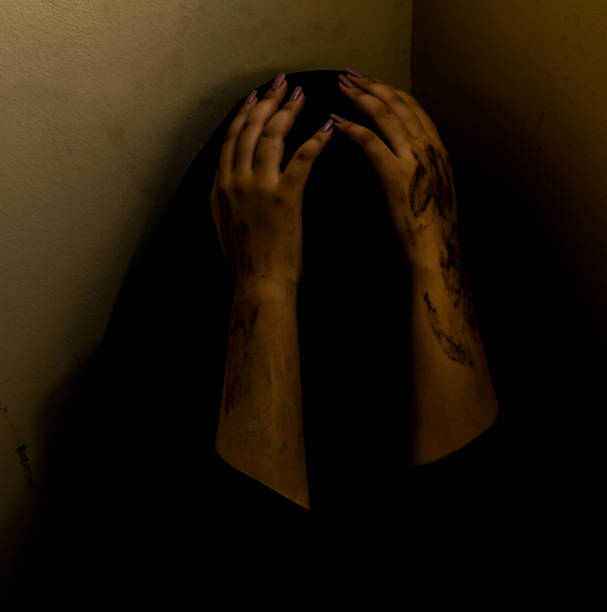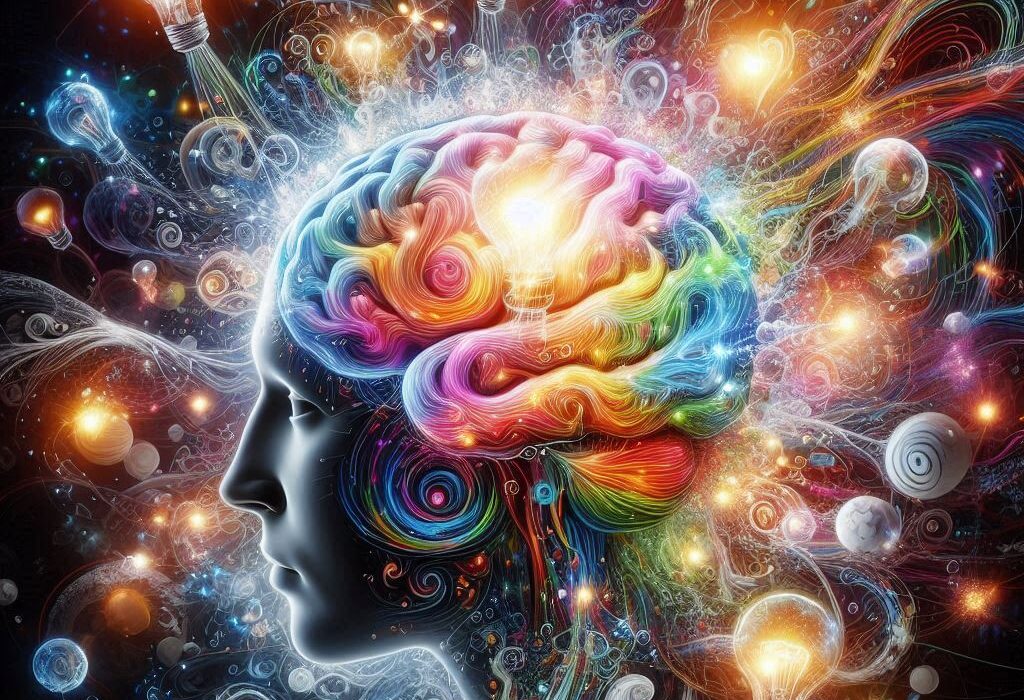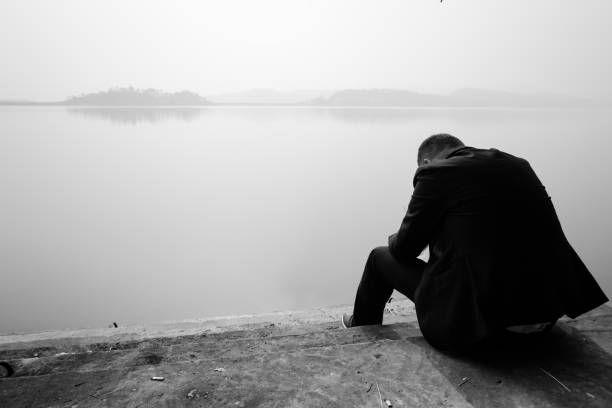In every crowded classroom, in every bustling school hallway, there are silent echoes that go unheard—hidden stories etched not on skin, but deep in the psyche. These are the invisible scars left by childhood maltreatment—memories carried not in open wounds but in patterns of thought and emotion that whisper long after the bruises have faded.
A new longitudinal study from China, published in Development and Psychopathology, offers sobering evidence that these early injuries may shape not only how adolescents feel but also how they think. Conducted by Jianjun Huang and his colleagues, the research followed over a thousand students in Chongqing, examining how childhood maltreatment influences the cognitive strategies adolescents use to regulate their emotions—and how these strategies, in turn, impact their mental health.
The study brings scientific rigor to a painful truth long sensed by therapists, educators, and caregivers: that childhood trauma doesn’t stay in the past. It ripples forward, altering the very architecture of the mind and carving pathways that can lead to depression, anxiety, and emotional isolation.
What We Carry from the Beginning
Childhood maltreatment takes many forms—physical abuse, emotional neglect, sexual violation, abandonment. Whether inflicted through violence or silence, the effect is the same: a disruption in the developmental blueprint of the brain. The child learns, often unconsciously, that the world is not safe, that love may hurt, and that they may not be worthy of care.
These experiences strike during periods of heightened brain plasticity, when neural circuits governing emotion regulation, trust, and executive function are still forming. The result is often a rewiring of the stress-response system, with lasting consequences. Children who are mistreated may become hyper-vigilant, always scanning for danger. Others may retreat into emotional numbness, a protective shield that slowly calcifies into disconnection.
By adolescence, these children may no longer remember the exact events, but their minds and bodies remember everything. The research from Chongqing captures this continuity by examining how earlier maltreatment predicts specific thought patterns—maladaptive cognitive emotion regulation strategies—that adolescents adopt as coping mechanisms.
When the Mind Becomes Its Own Trap
Emotion regulation is a core function of psychological resilience. It determines how we respond to loss, stress, embarrassment, or fear. Healthy strategies—like reappraising a negative situation or seeking support—help buffer the impact of life’s inevitable challenges. But not all coping strategies are created equal.
The Chongqing study focused on maladaptive cognitive emotion regulation strategies (MCERS)—mental habits that feel like coping but often make things worse. These include rumination (getting stuck in repetitive thoughts about distress), catastrophizing (expecting the worst possible outcome), and self-blame (“This is my fault”). Over time, these strategies don’t calm the emotional storm—they amplify it.
The researchers found a strong association between childhood maltreatment and higher reliance on these maladaptive strategies. Adolescents who had experienced more abuse or neglect were significantly more likely to ruminate, catastrophize, or blame themselves when faced with emotional stress. And unsurprisingly, these same students reported more severe symptoms of depression and anxiety.
It is a cruel loop: the very thinking patterns children adopt to survive emotionally adverse environments end up exacerbating their suffering in adolescence.
Following the Threads Through Time
What makes this study particularly powerful is its longitudinal design. Rather than capturing a snapshot of behavior, the researchers followed the same students over two years—first surveying them in 2021 and again in 2023. This allowed them to observe how early emotional patterns evolved and whether they predicted later mental health outcomes.
Out of the 1,155 students who initially participated, 892 completed the second survey. These adolescents, averaging 15 years of age, were evaluated using standardized psychological instruments: the Childhood Trauma Questionnaire, the Self-Rating Depression and Anxiety Scales, and a specialized tool for assessing maladaptive emotion regulation.
The results supported two interlinked pathways. First, that childhood maltreatment predicts the development of maladaptive emotion regulation strategies, which in turn mediate the emergence of internalizing problems like depression and anxiety. Second, that the presence of internalizing problems may itself reinforce the use of such maladaptive strategies over time.
In other words, it’s not a simple one-way street. Early trauma sets the stage for mental health struggles, but once those struggles take root, they feed back into the cognitive processes—like negative thinking loops—that keep the adolescent emotionally trapped.
The Architecture of Psychological Pain
From a neuroscientific perspective, this makes sense. Childhood maltreatment has been shown to affect the amygdala, the brain’s emotional alarm system, making it more reactive. It also impacts the prefrontal cortex, which helps regulate those alarms. When these systems are misaligned, it’s as if the brain is wired to feel more threat and less control—leading to chronic stress, anxiety, and an inability to regulate emotion effectively.
Add to this the distortions in self-image that maltreatment often creates—a sense of being broken, unlovable, or unsafe—and you have a potent recipe for internalizing disorders.
Yet what’s striking about this study is not just the data, but the empathy behind the implications. These are not defective adolescents. They are wounded ones—navigating their formative years with invisible weights. Their depression isn’t laziness. Their anxiety isn’t weakness. It is the mind doing its best to protect itself, even as it falters.
The Role of Memory and the Shadows of Bias
The authors acknowledge a limitation that is common to trauma research: the reliance on self-reports, especially when it comes to recalling maltreatment. Memory is a fragile, malleable thing, and early experiences—especially those that are painful—are often stored in ways that defy clear retrieval. Some adolescents may underreport due to shame, repression, or normalization of abuse. Others may overinterpret ambiguous early memories through the lens of current suffering.
Yet this limitation does not diminish the value of the findings. If anything, it highlights the complexity of trauma—that it is not just an event, but an ongoing internal narrative. Whether the maltreatment happened exactly as remembered is less important than the fact that it continues to influence how the adolescent sees themselves and the world.
A Map Toward Healing
The true power of this study lies in its potential to inform prevention and intervention. If we know that maladaptive emotion regulation is a bridge between early trauma and later depression, then we can begin to build new bridges—ones paved with cognitive flexibility, emotional literacy, and therapeutic support.
Interventions like cognitive-behavioral therapy (CBT), mindfulness training, and trauma-informed care can help adolescents unlearn the mental habits that no longer serve them. Schools, too, can become part of the healing environment, training teachers to recognize emotional distress not as defiance but as a cry for help.
At the policy level, investing in early childhood protection—through social support, parent education, and mental health services—can prevent the cycle of trauma from beginning in the first place.
And at the deepest level, this research reminds us of something profoundly human: that pain, when met with understanding, can be transformed. The mind, even when wounded, can learn to think in new ways.
Conclusion: The Resilience Hidden in Silence
There’s a quiet resilience in every adolescent who shows up for class, who tries to focus despite intrusive thoughts, who smiles even when their inner world feels like it’s falling apart. The Chongqing study pulls back the curtain on this silent struggle—and in doing so, it offers not just a diagnosis, but a way forward.
For those who have been hurt early, the path through adolescence can feel like a long walk in the dark. But science, compassion, and the right support systems can light that path. Because while the past may shape the mind, it doesn’t have to define the future.






